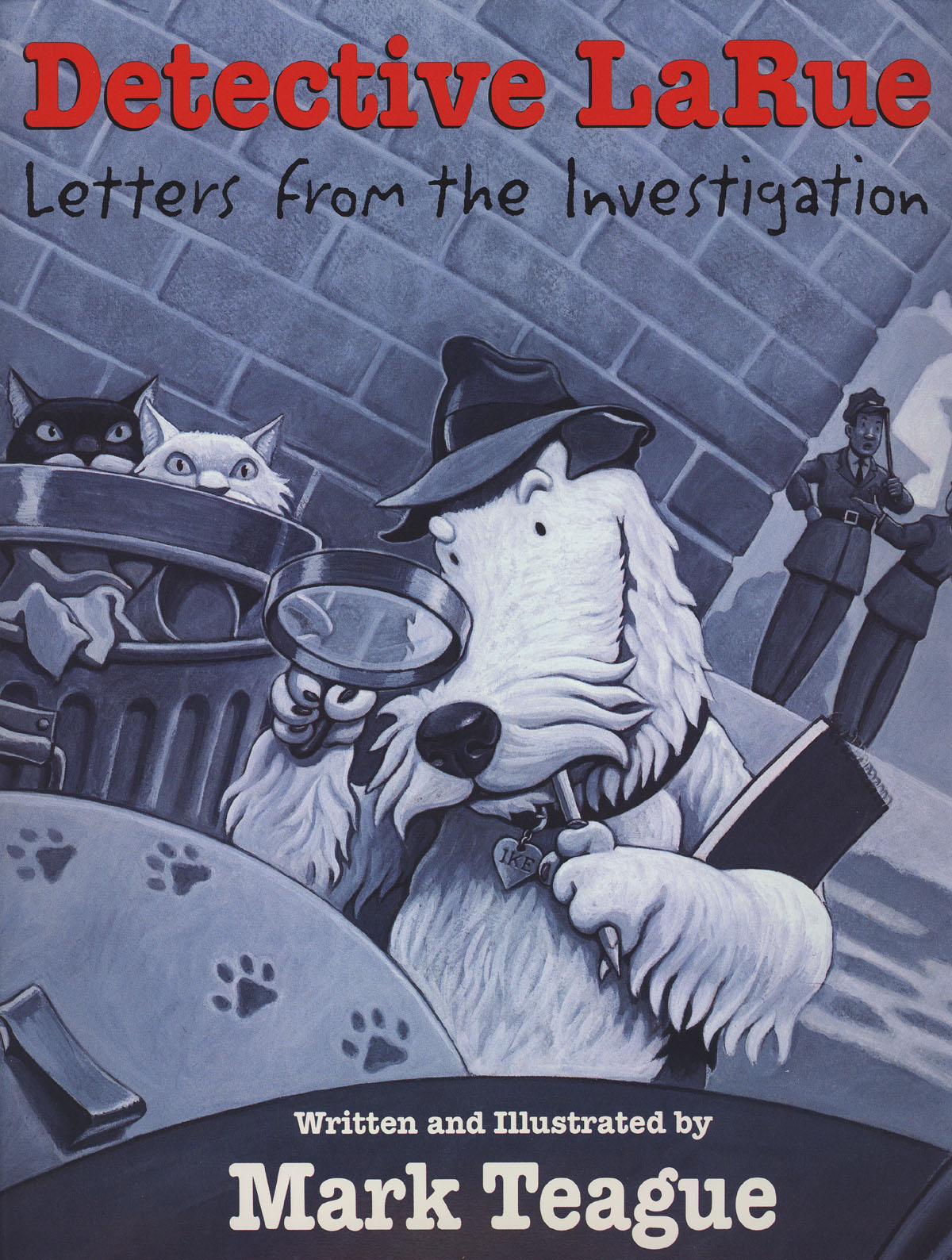
 Mysteries are everywhere! How many can you solve? Hurry, the clock is ticking... Tick-tock, tick-tock, tick-tock...
Mysteries are everywhere! How many can you solve? Hurry, the clock is ticking... Tick-tock, tick-tock, tick-tock...
Children will have to solve as many addition or subtraction equations within the given time (Preferably a minute or 2 for young children). They will have to give the correct answers to solve the mysteries. First, they have to give their answers, then, they will have to scratch off the silver seal to reveal the answer.
Describing
- How did you make the silver seal?
- Was it is easy or hard to solve the mysteries?
Recording
- Can you write down how many mysteries you've solved correctly?
- Do you want to make new mysteries in your book?
Reasoning
- Do you think a different pebble could help you scratch faster? Why is it so / Why not?
- Would a bigger or smaller piece of mystery paper be easier to scratch?
Opening Out
- What else would you like to cover with the silver seal?
- Are there any other ways to solve the mysteries?
Practicing Arithmetic Skills
- Solving the equations as fast as you can.
Cause and Effect
- By scratching off the scratch off solution, you will reveal the answer.
Logical Sequencing
- Following the steps to solving the mysteries.
1. Choose a mystery
2. Copy and solve the mystery in you notebook.
3. Scratch and reveal the answer.
4. Put the solved cases into the case file.
5. Move on to the next mystery.
Sorting
- Sorting the mysteries that are solved from the mysteries that are unsolved.
Development of the Activity
TIP
If you are a teacher, pre-prepare the mysteries (equations) before the lesson begins.If you are carrying out this activity at home, take your time to prepare the mysteries together with your child or children.
TIP
If you are a teacher, pre-prepare the mysteries (equations) before the lesson begins.If you are carrying out this activity at home, take your time to prepare the mysteries together with your child or children.
Cut the cardboard paper into rectangles. Then, write the equations onto the rectangles along with the answers. Next, cover the answer number with clear cellophane tape. To make the scratch off solution, mix 2 parts metallic paint to 1 part dish soap. When the scratch off solution is ready, paint it over the answer with a paint brush. Apply a second coat if necessary. Leave the scratch off solution to dry. Lastly, collect all the mysteries and put them in a paper folder (the case file).
 Kick start yourself into the sleuthing mood by dressing up into detective gear. Then, take out the mysteries from the case file. The children may begin their investigation when the timer starts counting down. The children will have to copy and solve the mysteries into their notebooks before revealing the answer. Mysteries that are solved (scratched) are to be put back into the case file. The scratch off solution can be reapplied after the activity is done.
Kick start yourself into the sleuthing mood by dressing up into detective gear. Then, take out the mysteries from the case file. The children may begin their investigation when the timer starts counting down. The children will have to copy and solve the mysteries into their notebooks before revealing the answer. Mysteries that are solved (scratched) are to be put back into the case file. The scratch off solution can be reapplied after the activity is done.
It's a race against time. Some children will be faster than others, while some children will tend to seek more help from adults. The role of the adult in this activity is to make sure the children play by the rules and also supervise the children in need.
Variation of the Activity
Variation of the Activity
Other than arithmetic equations, you can put in other activities such as:
- Patterning of shapes or colours.
- Find out the missing numbers.
- What number comes next?
It is advisable that a timer is not used for children below age 5 and children who are new to this activity.
Detective LaRue: Letters from the Investigation by Mark Teague
Ike LaRue — the devilish dog hero of Mark Teague’s runaway hit, Dear Mrs. LaRue — goes from obedience school dropout to shrewd sleuth in this exceedingly funny sequel.
Ike is now in prison! The Hibbins’ cats are missing, and Ike is being blamed. With Mrs. LaRue vacationing in France, he must take matters into his own paws and mount an investigation to prove his innocence. Expect more madcap comedy in Ike's daring escapades (both real and imagined), as well as ingenious split-screen visuals from the incomparable Mark Teague.
"Teague’s innovative approach to storytelling is fun, but educational as well, skillfully imparting some valuable lessons in point of view and reading between the lines." — Kirkus Reviews, August 15th, 2004
Preparation for the mysteries:
Cardboard paper / Empty cereal boxesSilver metallic acrylic paint Dish soap Clear cellophane tape Permanent marker Paint brush Scissors Paper folder Timer |
For each child, you will need:
1 pebbleDetective hat Detective coat Magnifying glass Note book Writing instruments |











No comments:
Post a Comment